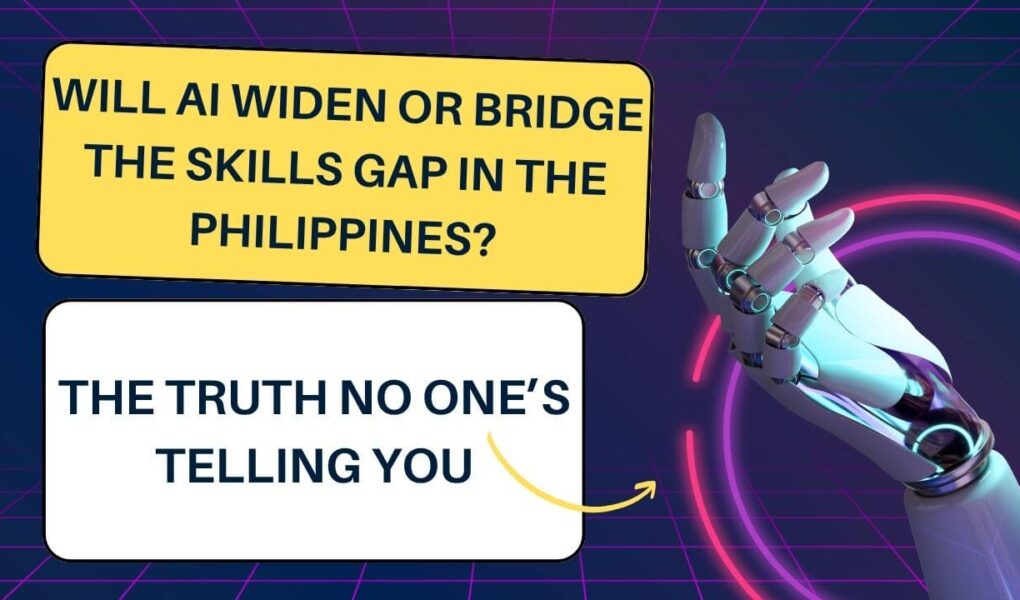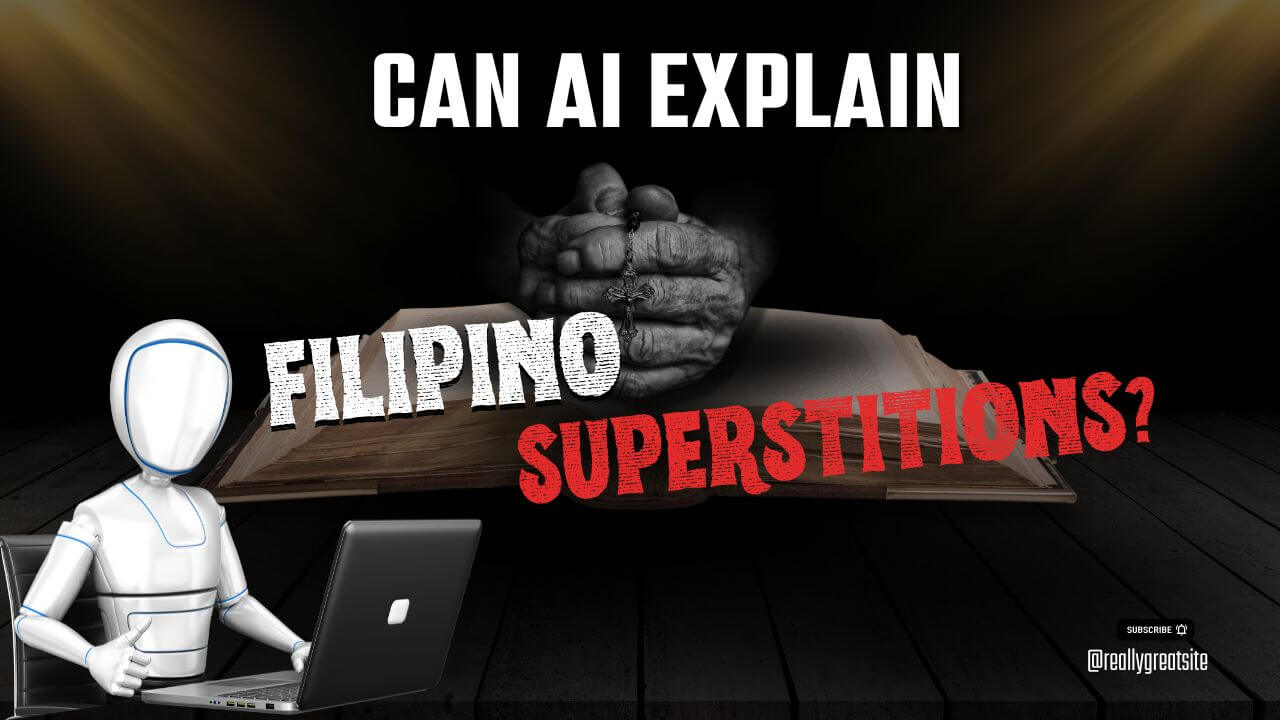The Truth No One’s Telling You
🇵🇭 The Philippine Skills Gap Crisis (By the Numbers)
- 87% of companies struggle to hire skilled workers (2024 DTI Report)
- Only 22% of college grads meet industry tech standards (CHED)
- ₱1.3 trillion lost yearly due to worker-job mismatches (World Bank)
Now, AI enters the scene—promising to reskill a nation. But will it uplift or exclude?
⚖️ AI as the Equalizer: 3 Ways It Could Bridge the Gap
1. 🎓 Democratizing Elite Education
AI tools like DeepSeek-R1 explain complex topics in Taglish, making Ivy-League-level tutoring accessible to anyone with a phone.
📍 Case Study: A jeepney driver’s son aced engineering exams using AI math tutors—zero tuition, full dignity.
2. 💼 Instant Skills for the Jobless
Platforms like Coursera + ChatGPT now create personalized micro-courses tailored to your goals, pace, and language.
📍 Example: A laid-off call center agent learned AI-powered customer support → landed a ₱50K/month remote job.
3. 🗣️ Taglish-Friendly Upskilling
Tools like SpeakPal (AI language coach) and Notion AI (resume builder) help Filipinos learn faster, smarter.
📊 Impact: 62% faster English proficiency vs. traditional classes (2023 Ateneo Study)
☠️ The Dark Side: How AI Could Widen the Gap
1. 🧠 The “AI Elite” vs. the Left Behind
Urban, educated users master AI tools—while junk shop workers and rural youth get automated out of jobs.
📊 Stat: 58% of Filipinos don’t know AI exists (2024 Pulse Asia Survey)
2. 🎓 Fake Certificates Flooding the Market
AI-generated diplomas are now sold on Facebook. Red flags include:
“Get a Harvard Certificate in 1 Hour!” “₱299 for MIT AI Badge—No Exam!”
3. 🏢 Corporate Exploitation
Some companies now replace training budgets with ChatGPT prompts.
“Why train staff when AI does it cheaper?” – Anonymous BPO Executive
🔮 Two Possible Futures for the Philippines
🚫 Future #1: AI Widens the Gap (If We Do Nothing)
2030 Scenario:
- Manila: AI-powered startups boom
- Provinces: Unemployment hits 40% as farming and retail jobs vanish
✅ Future #2: AI Bridges the Gap (If We Act Now)
2030 Scenario:
- National AI tutors in every barangay
- Free upskilling via telco partnerships (e.g., Smart’s “Data for Skills” program)
- TESDA-led AI bootcamps for tambays, OFWs, and micro-entrepreneurs
🎯 How to Ensure AI Helps (Not Hurts) Filipinos
For Workers
- Learn AI-assisted skills: prompt engineering, AI content editing
- Join “Human+AI” jobs: healthcare aides using diagnostic AI
For Educators
- Teach AI literacy in high schools—not just elite colleges
- Ban AI diploma mills lobbying CHED
For Government
- Tax tech giants to fund community AI labs
- Mandate AI upskilling in TESDA programs
💡 The Bottom Line: AI Doesn’t Decide—We Do
The skills gap isn’t a tech issue. It’s a power issue.
AI can: ✅ Liberate workers with free education ❌ Enslave them to gig apps
The difference? Who controls the AI—corporations or communities.
🧠 Too Cryptic? Explain Like I’m 12 (ELI12)
Lots of Filipinos don’t have the skills companies want. That’s called a “skills gap.” AI can help by teaching people fast, for free, in Taglish. But if only rich people use AI, the gap gets worse. So we need to make sure AI helps everyone—not just the elite.







